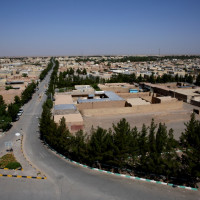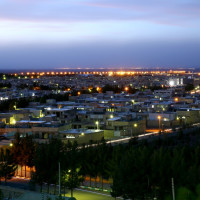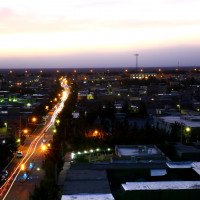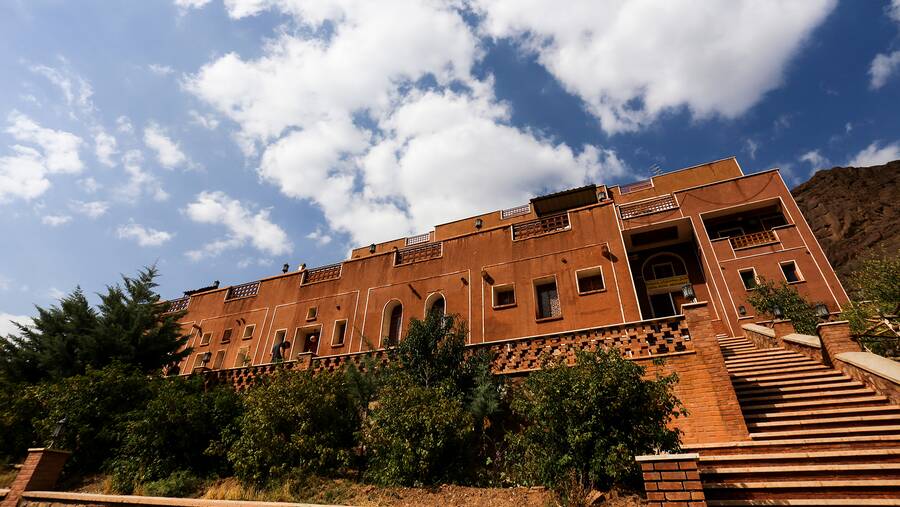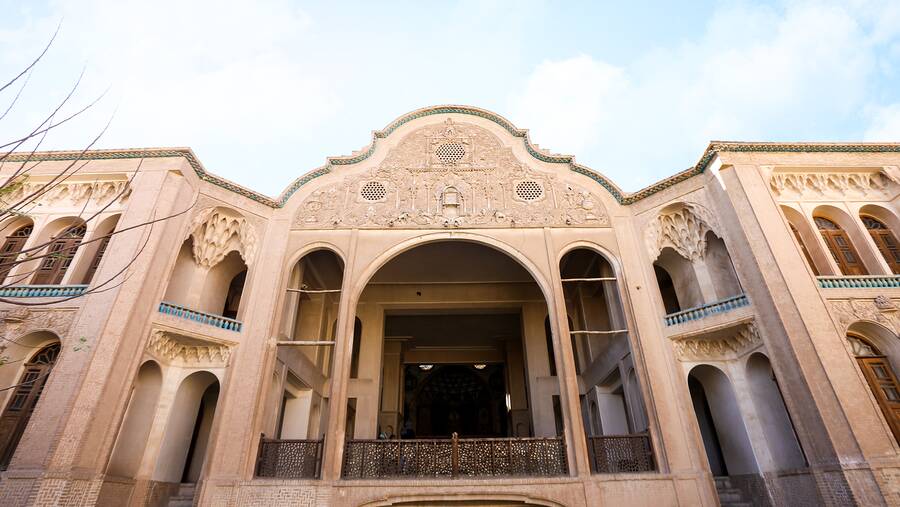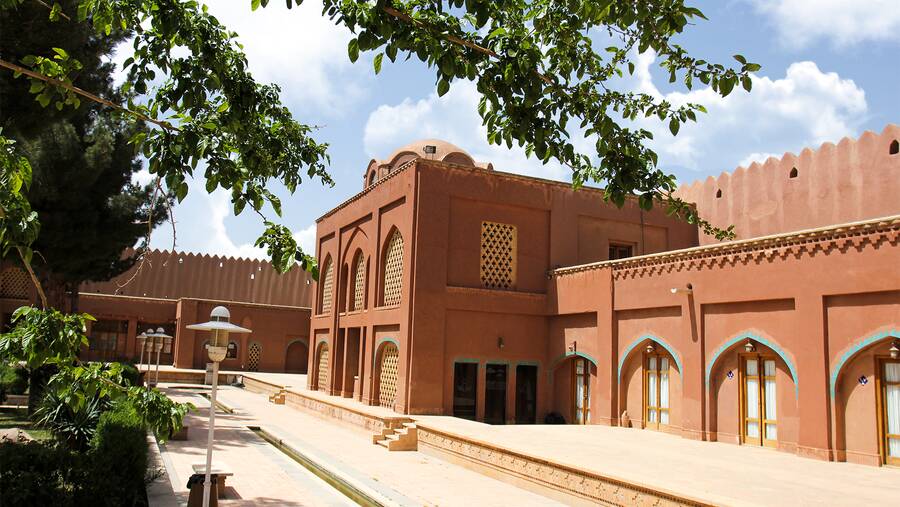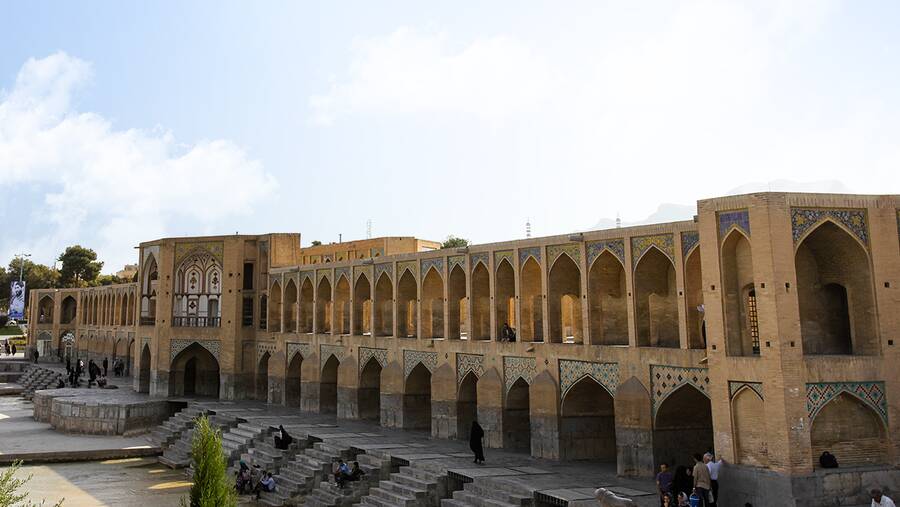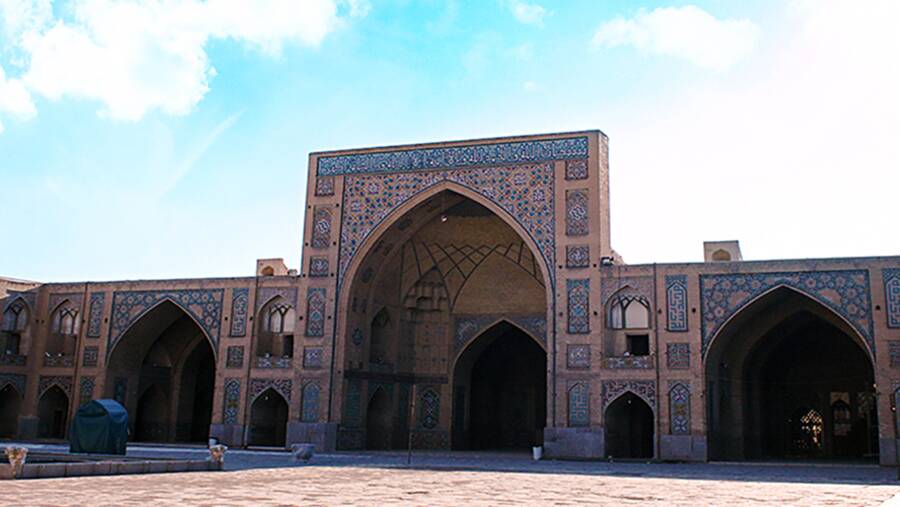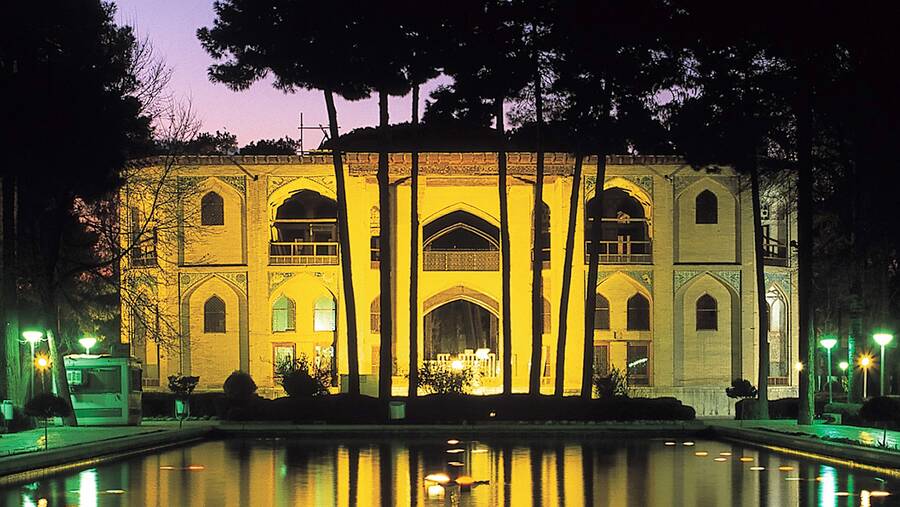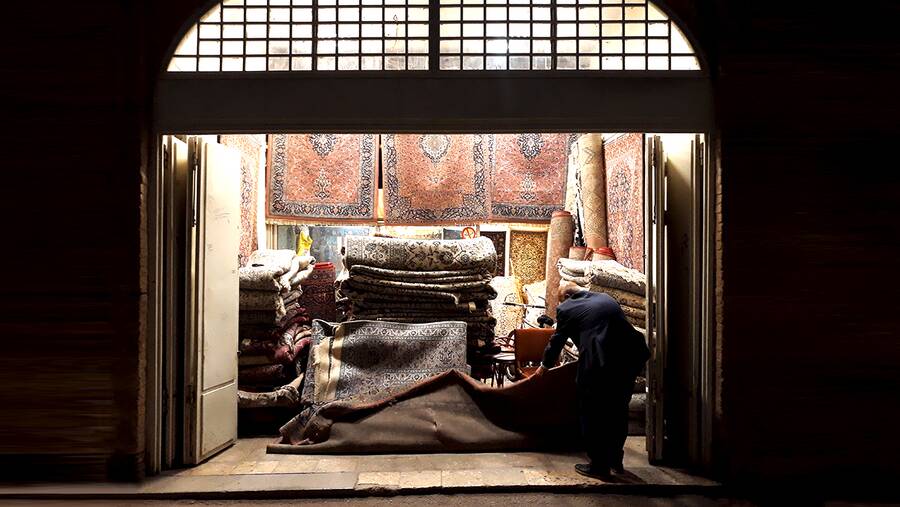As obvious, its name is composed of two parts: Har means something driven from water. And Nd that is the transformed of suffix “Vand” which means possession, ownership and attribution. Therefore, Harand can refer to somewhere qanats are full of water.
Next to the desert of the east of Isfahan, Harand opens a distinct page in the ancient history of Iran and Isfahan. The history of this historic city is estimated to date back to pre-Islamic periods. some narratives put the construction date of the city in the reign of Hormoz. It is one of the rare examples among Iranian cities which has kept its original name since ever.
Witness shows that the existence of adequate water resources in the heart of desert, as a result of flowing water from underground surfaces into this deep land, supplied through 17 qanats in the past some of which with over 20 kilometers of length and 120 meters of depth, was the main cause of the formation of this city. Harandi Qanat had been a famous one which was probably the key factor in development of city. Besides other qanats, Harandi had built the agricultural identity of city but unfortunately most of them have been gradually dried and forgotten because of repeated droughts, digging deep and semi-deep wells over time. It led people to shift to other kinds of jobs such as industrial, cultural, service and transport occupations.
One of the distinct features of this amazing city is being recognized as the hometown of many scientific, Sufi and religious figures like Abu al-Ala Sahlavi Harandi who is buried in Dizichi, Mula Mahdi Sibil Soukhteh, who was the assistant of Allameh Majlesi, the group of Nahvian in Harand who were the founders of Nahv science in Isfahan Seminary. Others are Sultan al-Atebba and Malek al-Atebba, two sons of Mirza Jalal al-Din Harand, who lived at the same time as Naser al-Din Shah and a religious school in Ahmadabad Street, Isfahan city, is their memory. And the last one is the late Mirza Abd al-Hossein Harandi, a highly distinguished calligraphy master.
Baladieh or the same building of municipality was first established in 1964 in Harand. In 1995, the city became the center of Jolgeh part, Isfahan city, based on new political divisions. It has been more scientifically and culturally developed in recent years through the establishment of Azad University, University of Applied Science and Technology, several schools and Technical and Vocational Training Schools.
Cultural centers, mosques, several Tekyeh with golden domes, old high cisterns along with the old bazar give the city a spectacular landscape. The holy shrines of Imamzadeh Ishaq ibn Musa Jafar and Shahzadeh Heydar are two pilgrimage centers in the city. The city had always been honored with friendship with Shia’ Imams especially Imam Hossein that holding traditional mourning rituals along with erecting Tekyeh and Hosseineh support this claim.
The conscious and widespread presence of people in different fields related to Islamic Revolution is another honor for the city which gifted Reza Safar Harandi in 1964 and other 73 martyrs such as Aqa Babaie, Amini and the first clerk martyr in the province, Shahid Hosseini, during the Holy Defense to the land of Iran. as the last point, the city has always been the place of scientific-literal, artistic and religious figures.
